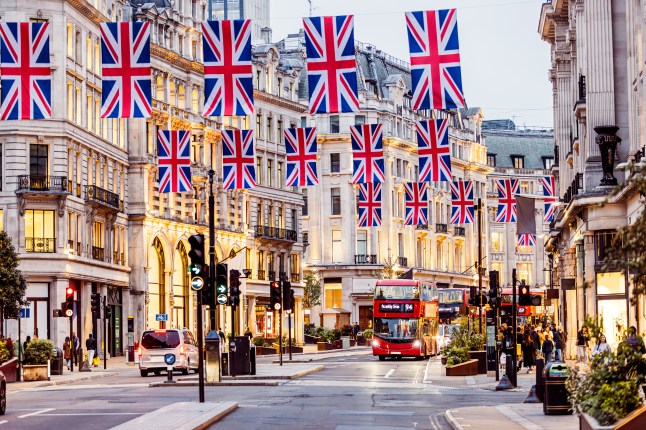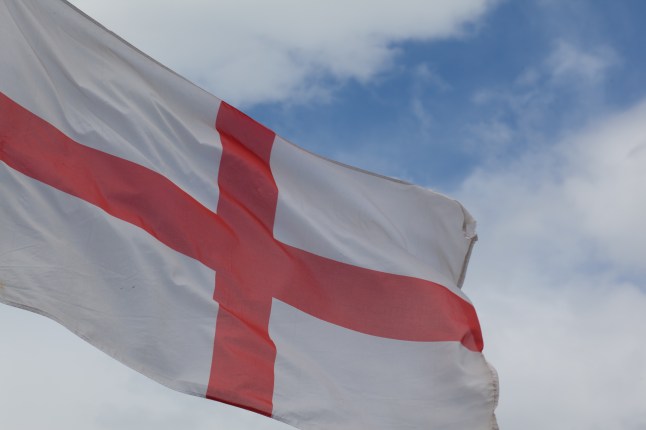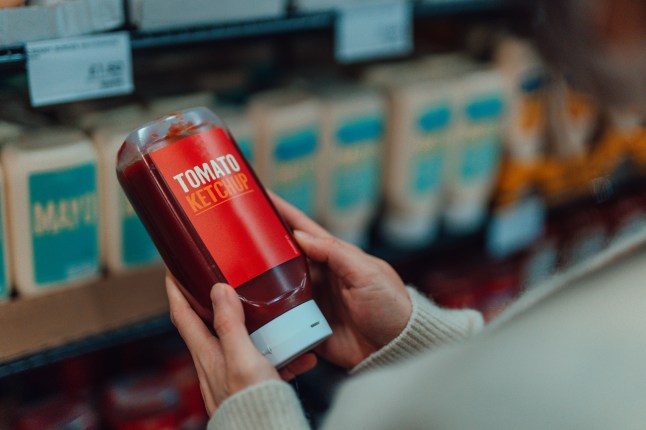

From a nation of experts on sarcasm and self-deprecating humour, to Sunday afternoons strictly consisting of roast dinners at the local, we Brits have plenty of traits and habits they’re fiercely proud of.
However, some traditions or rites of passage have ingrained themselves into British culture, despite not even originating from the United Kingdom.
In fact, some have become so ‘British’ that many people just assume they are.
Intrigued as to what has made the cut?
Here are seven things people think are British but actually aren’t.
1. Tea

There’s no denying that a ‘cuppa’ is a quintessential British staple. According to the UK Tea & Infusions Association (UKTIA), around 84% of the UK population drinks tea every day, consuming roughly 100 million cups daily.
And of course, you’ll also never step foot in a British household without being offered a cup of tea.
Despite this, tea does not come from the UK. Rather, Camellia Sinensis, the tea plant, is believed to have originated in the borderlands of China and northern Myanmar.
One of the earliest accounts of tea drinking dates back to China’s Shang dynasty, which took place between 1600 and 1046 BCE. During this time, tea was consumed for medicinal purposes. It wasn’t until the 17th century when tea drinking became popular in the UK.
The British East India Company introduced commercial tea production to British India to compete with the Chinese tea market
2. Fish and chips

This is a bit of a trick one, because the fish and chip concept we know so well today is British through and through. Not to mention the ‘chippy culture’ that has become so popular up and down the country. (Did you know there are about 11,000 fish and chips shops throughout the UK and Ireland?)
However, in terms of the origin of the humble battered fish, its roots date back to the Middle Ages in the Mediterranean. Like so many iconic dishes, it was created out of necessity, not culinary genius.
During the 16th century, when Jews were facing persecution across Portugal and Spain, many resettled in the UK.
As well as the clothes on their backs, they also brought their ‘pescado frito’ recipe, which literally translates to ‘fried fish’ in English
3. Pubs

From a cheeky after-work pint to a beer garden session as soon as the sun comes out, it’s no secret that the British love pub culture.
But even though 15 million people visit a pub at least once a week, according to London Drink’s Guide, we cannot claim the mighty pub as our own.
Instead, we owe our love of the pub to the Romans, who opened up establishments called ‘tabernae’ to serve wine to soldiers and travellers along the newly constructed Roman road network.
The Romans brought their ‘pubs’ to Britain when they invaded in 43 AD, which later evolved into ‘alehouses’ when they left. Finally, they morphed into the public houses we know today
4. Saint George

Yes, Saint George might be the English patron saint. Yes, there may have a whole day dedicated to him. And yes, the English flag may have a flag representing the patron saint of England. But the ironic thing about it? Saint George wasn’t even English.
He was born in Cappadocia (modern day Turkey) in the 3rd century AD to a Cappadocian father and a Palestinian mother, who was born in Lydda (modern day Lod, in Israel).
It’s also highly unlikely that Saint George ever visited or moved to England. However, his popularity in England grew in the Middle Ages because of his association with chivalry and bravery, especially during the Crusades and the Hundred Years’ War.
King Edward III also had a major influence on Saint George’s popularity. When he founded the Order of the Garter in 1348, he dedicated it to Saint George and made him the patron saint of the Order.
5. Remembrance poppies

Not to be confused with Remembrance Day, originally known as Armistice Day, which originated in Great Britain on November 11, 1919, in commemoration of the first anniversary of the armistice that ended World War I.
As for remembrance poppies, the idea was all down to American humanitarian Moina Michael, who campaigned to make the poppy a symbol of remembrance of those who had died in the war.
She was inspired by Canadian doctor John McCrae’s poem, ‘In Flanders Fields’, which he wrote whilst serving in Ypres in 1915. The line in question read: ‘And now the Torch and Poppy Red, we wear in honor of our dead’.
Following Michael’s campaigning, in 1921, French lecturer, fundraiser and humanitarian, Anna Guérin, had the idea to wear artificial poppies made by French widows and orphans.
Her aim was to remember those who gave their lives during the war, but also to raise funds to support the families of the fallen and those who had survived.
Later that year, the Royal British Legion adopted the poppy as a symbol of remembrance and ordered a million poppies from Guérin in France. Further production in Britain was also commissioned.
6. Werther’s Original

Though you may associate Werther’s Originals with British grandparents (every UK kid will have memories of their grandma or grandad offering them the iconic caramel candy from an old tin at one point in their lives), they’re actually a product of Germany.
Both the Werther’s Original brand and the flavoursome butter caramel recipe were created in the small town of Werther in the state of North Rhine-Westphalia.
The founder was a confectioner called Gustav Nebel, who developed the recipe in 1909.
7. Tomato ketchup

There’s always been a debate over whether ketchup was invented in the UK or the US. But the funny thing about the whole argument is that the beloved condiment originates from neither.
And you’ll likely never guess its roots, mainly because tomato ketchup never actually featured tomatoes in its early days.
In the 17th century in early China, it began as a fermented fish sauce and resembled more of a soy sauce, dark and thin in texture.
British sailors bought the sauce from Chinese traders, which was called ke-tsiapor ke-tchup at the time, as a relief from the dry salt pork they ate on the seas.
After becoming a popular condiment along the Southeast Asian trade route, British sailors eventually brought it back to Europe, where various regional adaptations took place.
Some of these versions included tomato-based sauces created in the 19th century, which over the years, have evolved into the tasty ketchup we use today.
Do you have a story to share?
Get in touch by emailing MetroLifestyleTeam@Metro.co.uk.
Leave a Reply